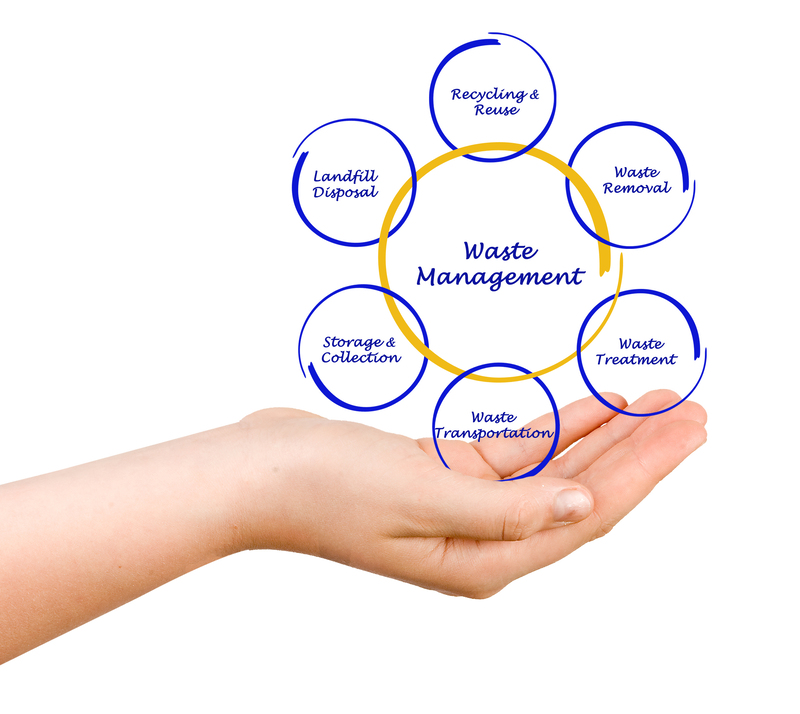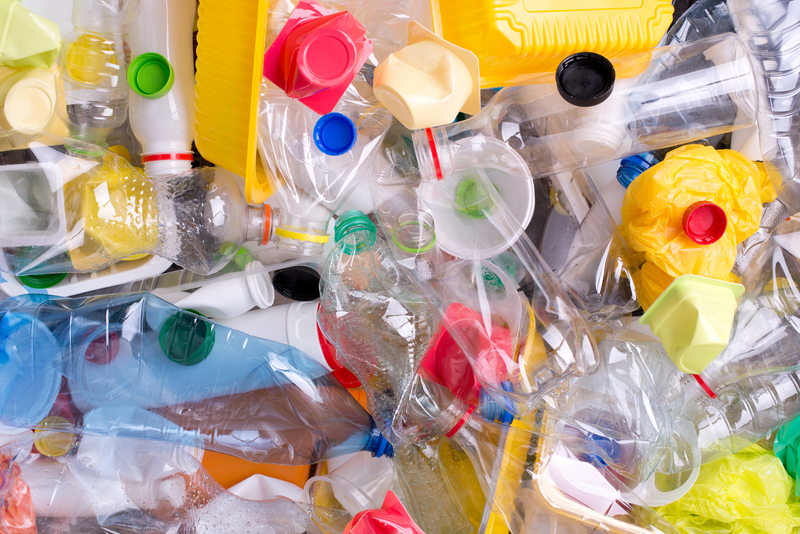Eco Chic: A Complete Guide to Recycling Your Outdated Clothes
Embracing sustainability starts in our closets. If you're looking to refresh your wardrobe without harming the planet, this guide on eco chic clothes recycling will lead you through the best ways to recycle, upcycle, and repurpose your outdated fashion.
Why Recycling Clothes Matters in the Fashion World
The fashion industry accounts for about 10% of global carbon emissions and is the second-largest consumer of water worldwide. With trends changing rapidly, fast fashion leads to overflowing landfills packed with discarded garments. Recycling your outdated clothes can make a significant impact on both environmental health and your personal style.
- Reduces landfill waste
- Saves energy and resources
- Promotes creative expression
- Offers financial benefits
Let's dive into the world of eco-friendly clothing disposal and discover how to recycle your old outfits the right way!

Closet Audit: The First Step to Eco Chic
Before you start recycling, take a thoughtful look at your wardrobe. Conducting a closet audit helps you identify what's outdated, unused, or damaged and what can be given a new lease on life.
How to Audit Your Closet Effectively
- Take out all your clothes. See everything at once--this makes assessment easier.
- Sort into categories: keep, donate, recycle, upcycle, and toss.
- Try on items that you're unsure about--fit and comfort are essential.
- Check for repairs: Some pieces can be revived with simple stitching or alterations.
- Separate natural fibers from synthetics. This matters for recycling methods, as some programs only accept certain materials.
Eco-Friendly Disposal: Giving Your Clothes a New Purpose
1. Clothing Donations
Donating your outdated garments is a sustainable way to ensure they're reused. Charities, shelters, and thrift stores can distribute your clothes to people in need.
- Ensure clothes are clean and in reasonable condition.
- Check local charity guidelines for accepted items.
2. Textile Recycling Programs
Many textiles can be recycled into new products like rags, insulation, or even new fabric. Textile recycling programs accept clothing regardless of condition and repurpose fibers in eco-friendly ways.
- Search for local retailers or council collection points.
- Brands like H&M and Levi's offer in-store recycling bins.
- Planet Aid, TerraCycle, and similar organizations provide convenient drop-offs.
3. Reselling: Give Fashion a Second Life
If your clothes are stylish but simply not your taste anymore, consider reselling on platforms like Depop, Poshmark, or eBay. You'll earn extra cash while keeping clothing in circulation.
- Be honest about sizes and condition.
- Use high-quality photos for listings.
- Ship in eco-friendly packaging for the full eco chic experience.
Get Creative: Upcycling and Repurposing Outdated Fashion
Want to explore your artsy side? Upcycling transforms outdated apparel into something new, unique, and stylish. The possibilities are endless--with a bit of creativity, you'll save money and express your individuality.
Upcycling Ideas for Outdated Clothes
- Turn jeans into shorts or tote bags
- Use old t-shirts for cleaning rags or braided rugs
- Dye faded garments for a trendy, refreshed look
- Cut up sweaters to make mittens, beanies, or pillow covers
- Patch together scraps for customized quilts or throws
- Add embroidery or beading for personalized accents
Tips for Successful DIY Clothing Projects
- Always wash and dry fabrics before starting
- Start simple if you're new to sewing or crafting
- Look for online tutorials for inspiration and guidance
- Use sustainable or non-toxic dyes and materials
The Circular Closet: Building Eco Chic Habits
True eco chic style isn't just about getting rid of old clothes--it's about changing your approach to fashion altogether. Adopting a circular mindset for your wardrobe leads to less waste and more intentional living.
Shop Smart, Buy Less
- Invest in high-quality, timeless pieces that last
- Opt for brands committed to sustainability and ethical manufacturing
- Avoid impulse purchases and fast fashion trends
Care for Your Clothes
- Follow proper washing instructions to extend garment life
- Repair small damages promptly (missing buttons, loose seams, etc.)
- Store clothes in cool, dry places to prevent wear and pests
Community and Clothing Swaps
Clothing swaps are a fun, zero-cost way to freshen up your wardrobe and keep clothing in circulation within your community. Organize a swap event at your home, work, or local community center for an eco chic fashion exchange.
- Set clear rules on conditions and quantities
- Invite friends, family, or neighbors for a wider selection
- Donate leftover items to charity or textile recycling
Sustainable Fashion Brands Making a Difference
Many clothing brands are leading the way in eco-friendly fashion. By supporting these businesses, you help promote a greener future for the industry.
- Patagonia: Offers repair programs and recycles worn gear.
- Everlane: Focuses on transparent production and sustainable materials.
- Tentree: Plants ten trees for each purchase and offers eco-conscious basics.
- Reformation: Innovates with lower-impact fabrics and responsible practices.
Before shopping, check a brand's sustainability policies, look for certifications (like GOTS, OEKO-TEX, or Fair Trade), and seek out clothing made from recycled or organic fibers.
Textile Recycling: Breaking Down the Process
Curious about what really happens after you drop off your old clothes for recycling? Understanding the journey is key for making informed, sustainable choices.
How Textiles Are Recycled
- Collection: Clothes are gathered from bins, stores, and special drives.
- Sorting: Items are separated by material, color, and quality.
- Processing: Usable items are resold; damaged textiles are shredded for insulation, stuffing, or industrial rags.
- Fiber regeneration: Modern technology can "de-polymerize" certain fabrics--turning them back into reusable fibers for new yarns and fabrics.
Recycling fashion isn't just about rehoming clothes; it's about participating in a larger movement towards a circular economy in the apparel industry.
Challenges and Innovations in Clothing Recycling
While recycling outdated clothes is crucial, the industry faces some challenges:
- Blended fabrics can be harder to recycle than 100% natural or synthetic ones.
- Fast fashion often uses cheap materials that break down quickly.
- Lack of infrastructure in some regions limits access to textile recycling services.
Innovations are on the rise, with initiatives like:
- Automated sorting using AI and robotics
- Recyclable clothing tags and smart labels
- Closed-loop fashion systems where brands take back and regenerate their products
- New recycling processes for blended textiles
Stay informed and support these advancements by choosing brands and programs dedicated to sustainable textiles recycling.

Eco Chic FAQs: Recycling Your Outdated Clothes
Can I recycle clothes with stains or holes?
Yes! Most textile recycling programs accept worn, stained, or damaged clothes--just ensure they're clean. These items are often processed into industrial products rather than resold.
What are the best materials for easy recycling?
- Cotton, wool, and polyester--commonly recycled or repurposed.
- Synthetics like nylon and acrylic can be more challenging.
- Blends might require specialized facilities.
Where can I find a clothes recycling bin near me?
Start with local council websites, major retailers (like H&M), and nonprofit organizations (such as Salvation Army or Goodwill). Some supermarkets and community centers also offer textile recycling bins.
Your Step-to-Step Action Plan for Eco Chic Clothing Recycling
- Audit your wardrobe and sort outdated clothes
- Review repair, upcycle, and reuse options
- Donate items in good condition to local charities
- Drop off unwearable items at textile recycling bins
- Sell trendy or high-end pieces online
- Host or participate in clothing swaps
- Choose eco-friendly brands for future purchases
- Share what you've learned to inspire others!
Eco chic living doesn't stop at cleaning out your closet. With every sustainable fashion choice you make--from recycling outdated clothes to embracing creative upcycling--you reduce waste, conserve resources, and express your unique style. Make recycling fashionable and together, let's build a cleaner, greener world--one outfit at a time.
Eco chic: Learn how to recycle, upcycle, donate, and sell your outdated clothes in this comprehensive guide to eco-friendly fashion. Discover sustainable practices, clothing recycling tips, and creative ideas for a stylish, green wardrobe.